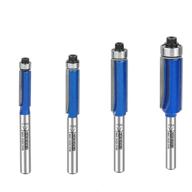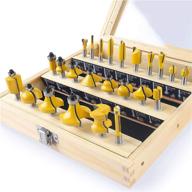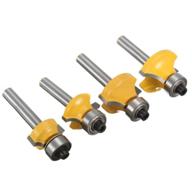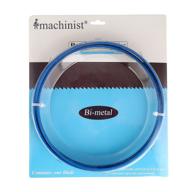
Review on Nokian Tires Nordman 7 SUV 225/65 R17 106T winter by Mateusz Gsiewski ᠌

A wonderful product, it's nice to use.
You should know that I don't normally write reviews, but in this case I just couldn't help myself. The quality of the rubber alone justifies not only the cost but also the brand. There were no glaring issues that were discovered. I chose to set the noise level at a random value because it is challenging to evaluate tire noise in settings when the sound insulation has been removed, there are no lockers present, and an off-road trunk is there (Renault Duster automobile, dimension 215/65/16). But I'm not bothered by it in the least. What a delightful and unexpected discovery in rubber. 1) Strength. I was traveling at approximately 31 miles per hour when I did not notice the open hatch, which is how I flew in on a loaded car. The back disc has been destroyed. THE TIRE HAS NOT BEEN BROKEN IN ANY WAY. In point of fact, I had no choice but to prepare a report because of this situation. The cable was not cut on the side, and this is the third year that the rubber has been growing. After that, I came to the conclusion that, with the exception of Nokia, I do not contemplate any other rubber footwear for the winter. 2) Resistance to wear and tear. The previous set worked for a total of six years before just fifty percent of the spikes remained in place, at which point the tread was allowed to continue. Because the new car had wheels of a different size, I donated the old set of wheels along with the old car (the combined mileage for the previous six years is 245,000 kilometers). I would estimate that at least a third of it took place during the winter months (because I enjoy going on long-distance ski tours by automobile). 3) Specifics regarding the off-road driving experience. Maintains the diagonal position pretty well. You will need to drive "on the sides" of the frozen track while being extremely cautious in order to avoid collapsing anywhere. One of the best all-terrain winter tires for off-road use. 4) No issues with handling in the winter at speeds up to 100 km/h on any surface (ice, oatmeal, "winter road", ruts, or heterogeneous surface), behaves sufficiently and predictably, and forgives mistakes. To be expected; it will be particularly bad on asphalt, but in general it will be bearable and sufficient. Since I never travel faster than 100 kilometers per hour in the winter, I am unable to comment on that range. 5) Enables you to drive on dry asphalt in the city without having to strain your neck or shoulders. Of the relative drawbacks: it is frequently punctured with screws, nails, and rebar, but the drawback is relative because 95% of punctures occur off public roads, and in comparison to summer m/t or extreme, the strength is obviously and rationally lower. Additionally, it is frequently pierced with screws, nails, and rebar.
- Power, resilience to wear, adaptability, and the ability to be controlled.
- Didn't find
New products
Comments (1)

Top products in 🪚 Router Bits

KOWOOD Straight Router Carbide for Woodworking

10 Review

Premium Tongue & Groove Milling 🔧 Cutting Tools by KOWOOD: Precision and Performance Unleashed

10 Review

High-Performance Whiteside Router Bits UD2102 Compression for Precise Woodworking

10 Review

Enhance Woodworking Precision with Roundover Milling Rounding Edge Forming Tool

11 Review
Another interesting products

POWERTEC 62-Inch 8-Inch Blade - Model 13132X

12 Review

High-Performance Bosch BS80 6W Bandsaw - 80 Inch 4 Inch Blades

11 Review

🔪 Bi-Metal Cutting Blades: Imachinist S933414 - Enhancing Precision and Performance

10 Review

🔪 Durable DEWALT DW3986C Portable Blade 3 Pack for Efficient Cutting

10 Review

